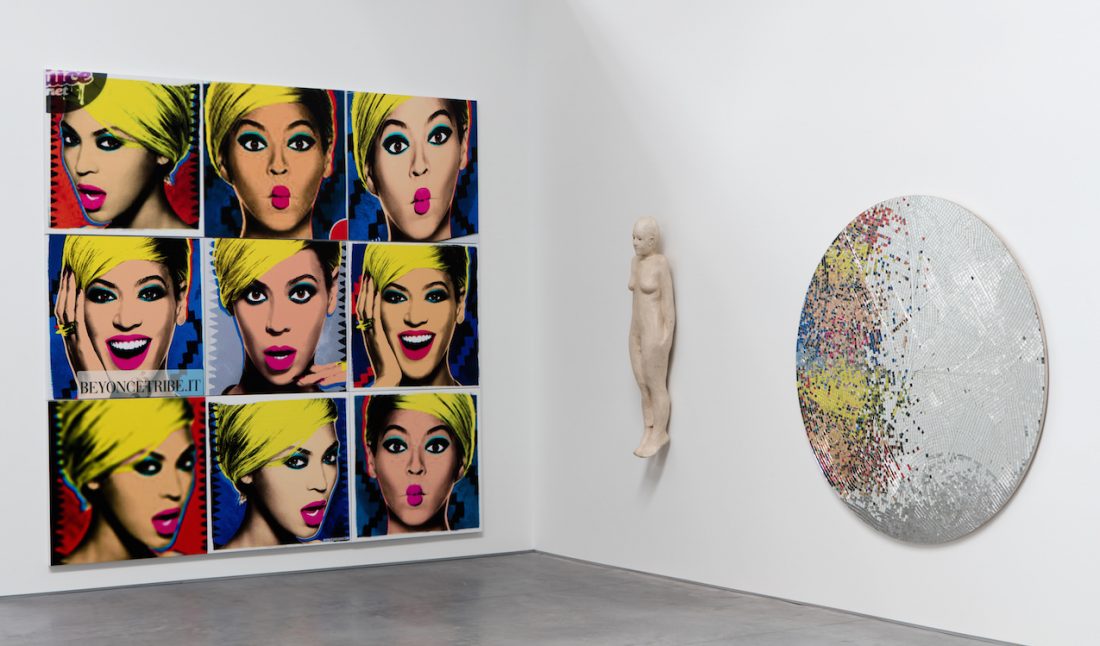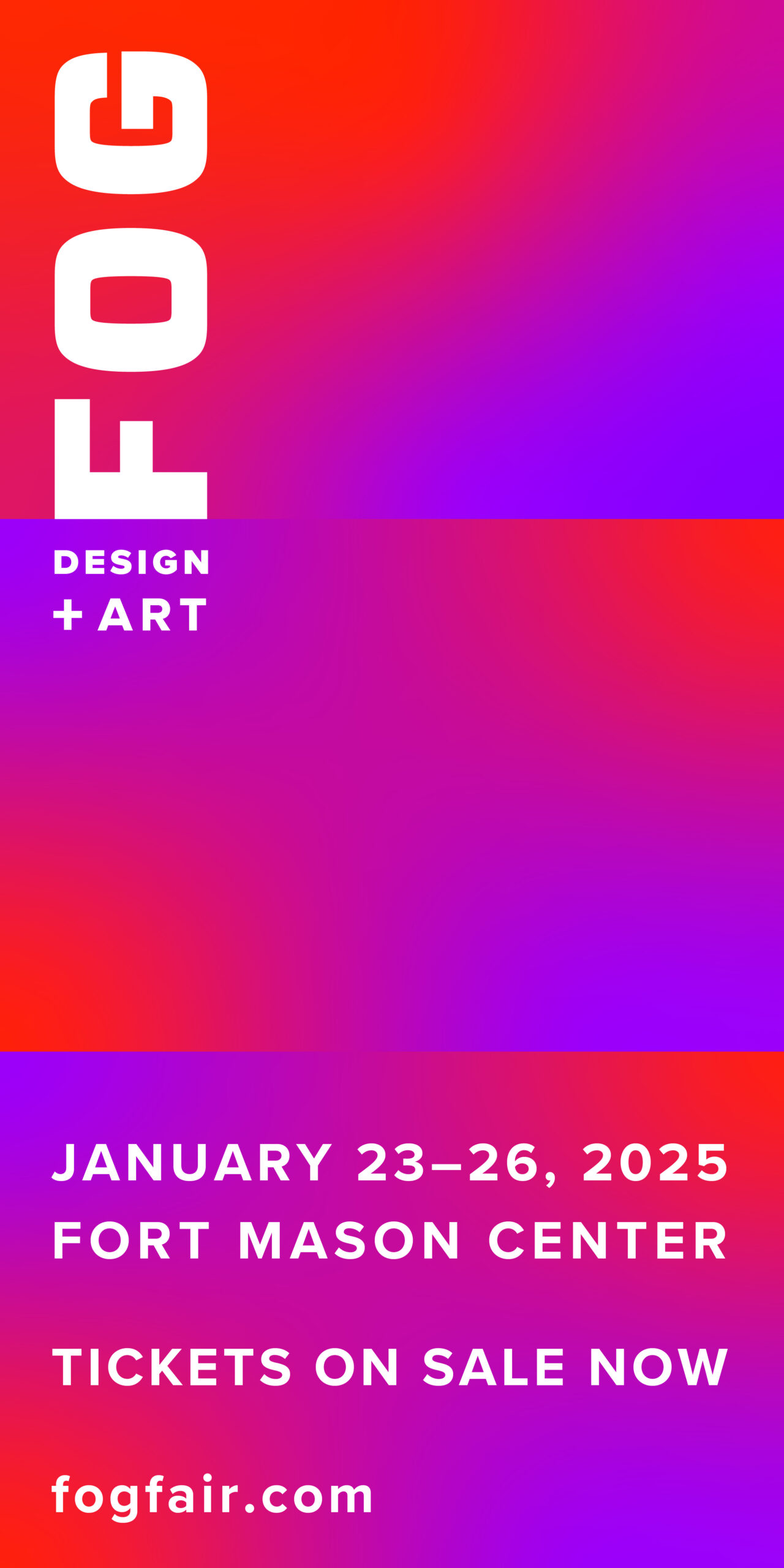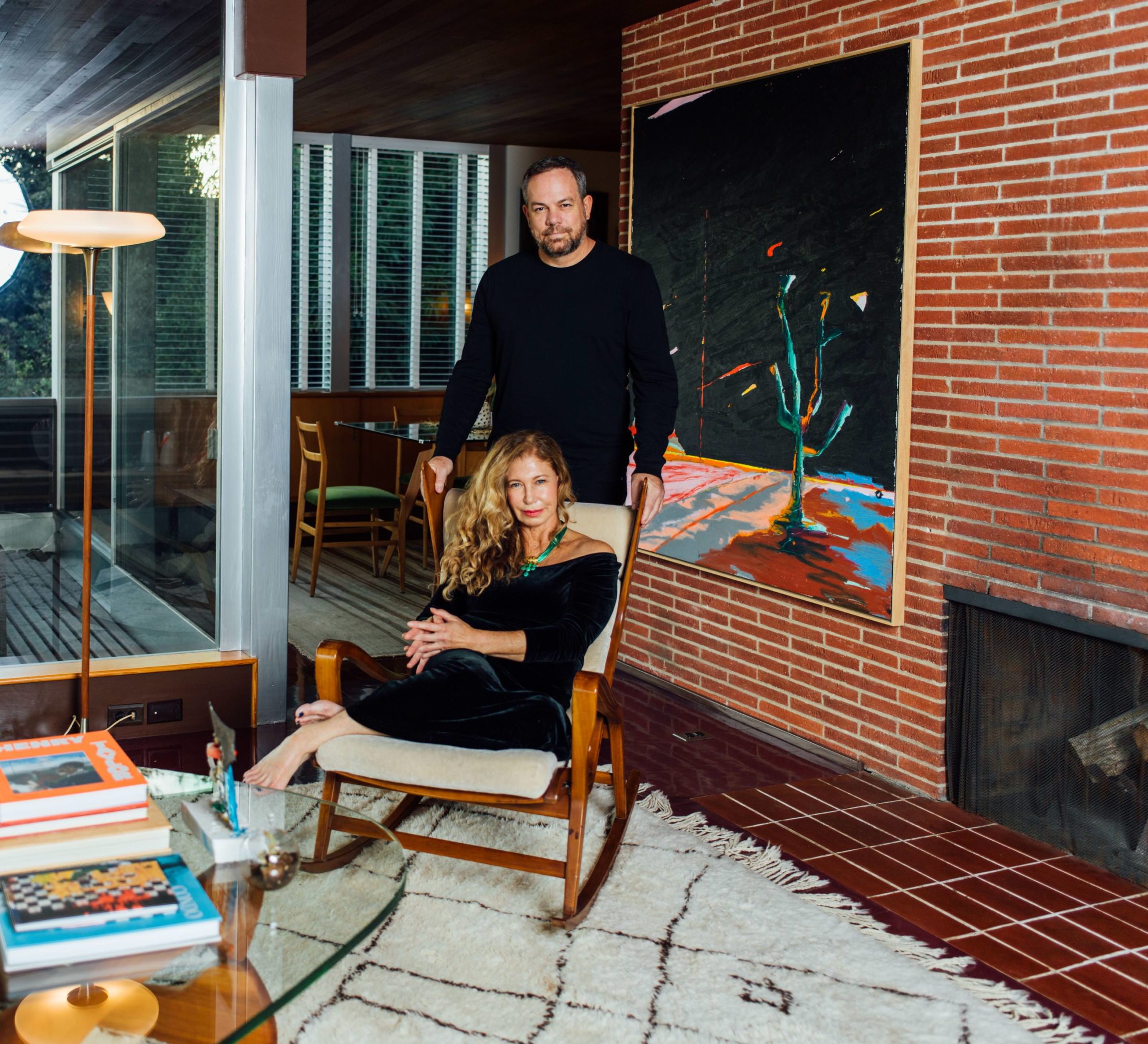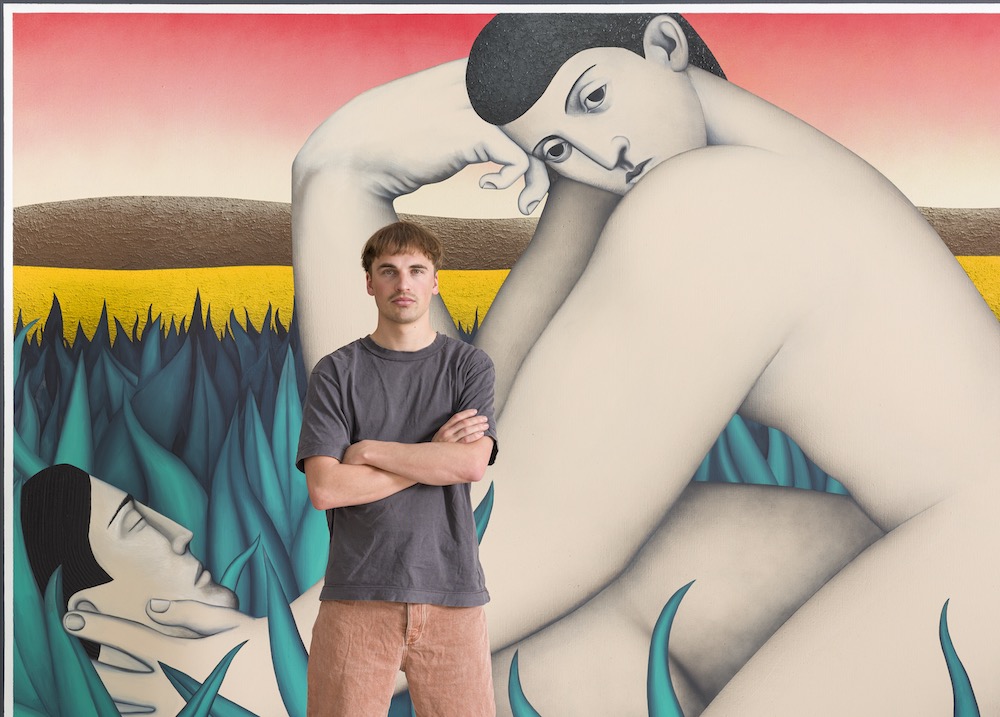What started out as a search for extra storage, for collectors Howard Rachofsky and the late Vernon Faulconer’s growing art collections, turned into The Warehouse opening in 2012—an educational exhibition space in Dallas focused on rethinking the global art community. It is open to curators, academics, schools, and more, and during Dallas Art Week, the latest exhibition “Identity Revisited” will be on view. The show looks at artists from the sixties up until today who deal with notions of identity and ideas around gender, sexuality, and race. It includes work by Mark Bradford, Pierre Huyghe, Janine Antoni, Joseph Beuys, Tetsumi Kudo, William Kentridge, Kara Walker, Kiki Smith, and more. We spoke with the co-founder of the space, Rachofsky, about the evolution of programming at The Warehouse, and its place in Dallas’ growing nonprofit contemporary art spaces.
WHITEWALL: What was the initial mission of The Warehouse when you opened it in October 2012? Has that evolved over the past four years?
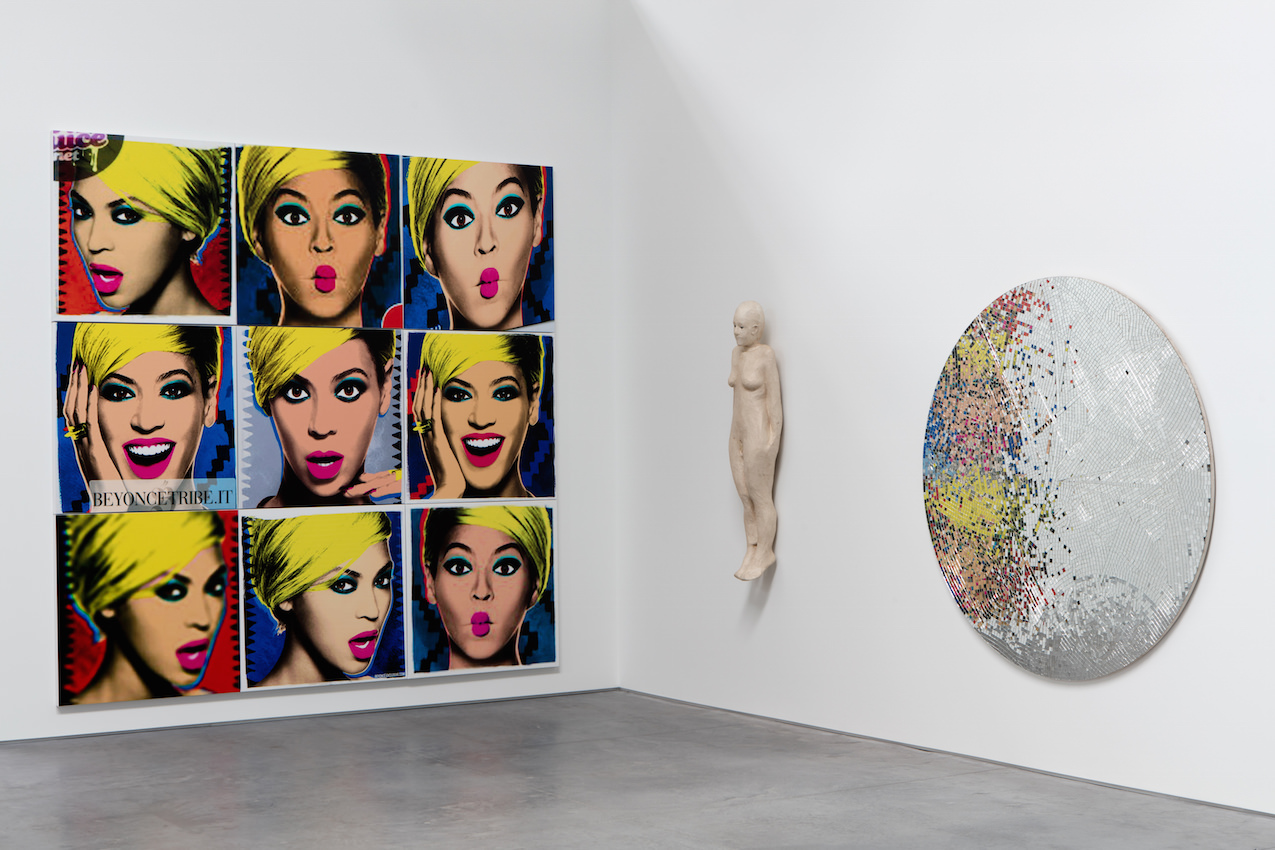 Get out of my room
Get out of my room2006
Wood, wax, hair, fabric, leather, wax paint, bronze, and lacquer paint
HOWARD RACHOFSKY: It’s funny in a way, because it did sort of morph into its own identity. My partner Vernon Faulconer and I (and sadly Vernon passed away last summer), originally our goal was to find a space primarily for our storage, but to have a little bit of exhibition capability. After a fair amount of searching, we stumbled upon this building, an old furniture warehouse that was over 50,000 square feet. So we decided a lot of exhibition space was better than a little. We retained a wonderful local architect, a man named David Droese, and he finished out the design for relatively easy viewership, and to be able to attend any activities we might want to do here—adding skylights and putting in a new floor, but otherwise keeping a relatively simple white box space.
It really is quite a magical space, and Allan Schwartzman, our curator, works with me in designing the various rooms. We have 17 galleries that are all obviously interconnected, in which we produce and show the collection. We show our collection and that of other collectors in Dallas from whom we borrow for exhibitions. Allan curates exhibitions that explore an alternative view of contemporary art and the second half of the 20th century, migrating from a particularly American point-of-view to a more global view. Much of what we’ve presented is a more global vision explaining and showing the interconnectivity of art made around the world.
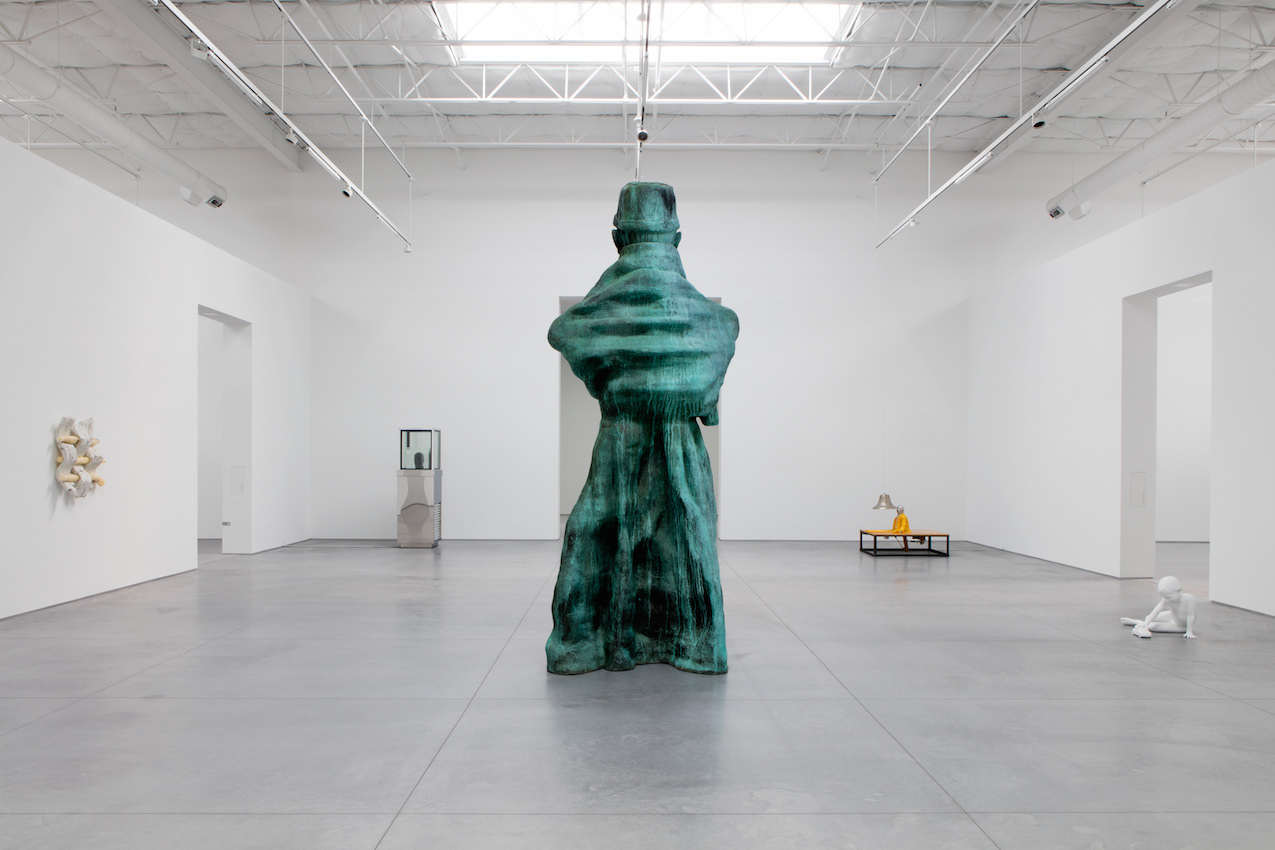 The Rachofsky Collection
The Rachofsky Collection
Our first exhibition compared and contrasted post-war Italian art with post-war Japanese art. In our collection, we offer an alternative approach at looking at art making. More and more people are now coming around to the view that globalization has been going on for a long time; it just wasn’t as well collected and presented in American museums. The second exhibition that we did dealt with geometry within the grid and made the case for a more global perspective of South America, Western Europe, Asia, and the United States, exploring how all these works had a degree of connectivity and a relationship that wasn’t so well-considered in past decades. We hope to exhibit thoughtful presentations that are food-for-thought for both the local art community and a broader community as well.
WW: Has the programming at The Warehouse affected your approach to collecting?
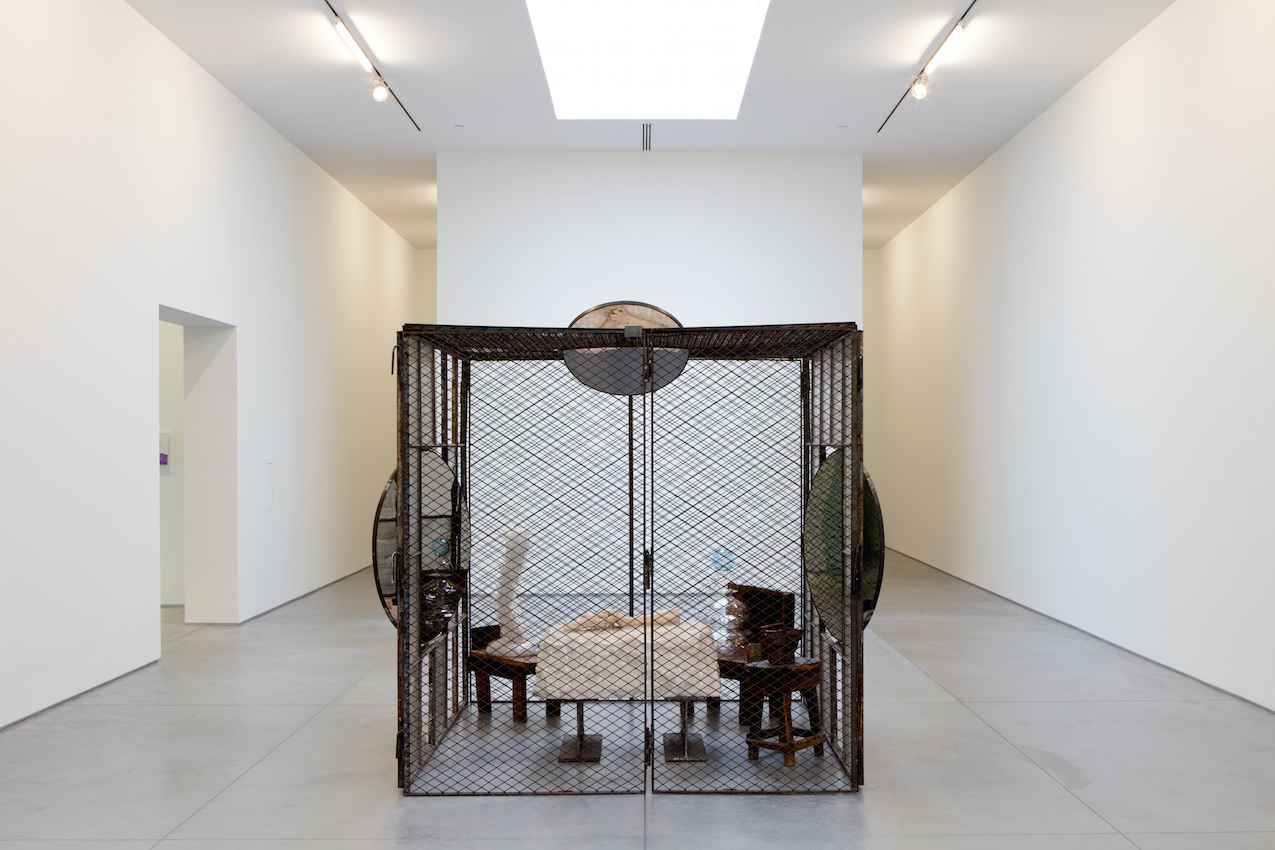 From left to right: Jonathan Horowitz, Beyoncé (3×3), 2015, UV ink on vinyl,
From left to right: Jonathan Horowitz, Beyoncé (3×3), 2015, UV ink on vinyl,
HR: I think it can’t help but influence it, although we actually had gone down the path prior to The Warehouse. But we didn’t have the ease of a venue or the deeper thinking to take that approach. We’re certainly not the first or the only ones to take a look at this more global arts scene, but at the moment, we have done exhibitions that seem very fresh.
WW: Are there areas of focus in your collection that you’re looking at now? We know a few years ago it was the Japanese post-war artists.
HR: Well actually, there are a couple of areas that we’ve drifted into unintentionally. One in the last couple of years has been an exploration of post-war Korean art, particularly the movement called “Dansaekhwa.” This sort of Korean monochrome was an aesthetic form that has a degree of political overtone dating from late ‘60s to the early ‘80s in terms of its primacy, although many of the artists were living and continued to make a lot of work. We have begun collecting in that arena. And then, in more recent in times, we’ve gone back to re-thinking American minimalists from the
‘60s and ‘70s, and a little bit of the light and space movement, or perceptual art from the west coast. I think although we’re always looking for younger work, we’re also going back and trying to fill in places from the collection that resonates with the work we already have, but that we hadn’t explored yet in much depth.
WW: When Whitewall interviewed you a few years ago, we spoke with you and your wife Cindy about how the Dallas art scene is growing, but it really wasn’t up to the level of the collector community in Dallas. Where do you see The Warehouse fitting into that?
HR: It’s clearly a nonprofit space, although it’s not a foundation. It’s a private space that we open up as much as we can to any and everyone in the community to add to the venues that we already have here, and to expand the notion of looking and enjoying and experiencing contemporary art. We now have places like The Power Station and Panos. Seth Davidow has opened a space, and he and his mother, Joan, did this long-time fixture on the Dallas art scene. Of course we’ve also had this amazing art collection built out in the AT&T Stadium in Arlington, which is where Gene and Jerry Jones put together an advisory committee of curators and collectors to bring art to a much, much larger audience than that typically frequents museums. To see it actually in a living space, albeit an unusual public space, has been a huge success. They have a really major program going on and are certainly building out an audience. So there are more and more opportunities to view contemporary art in practice in this area. I would say that things are certainly growing organically.






